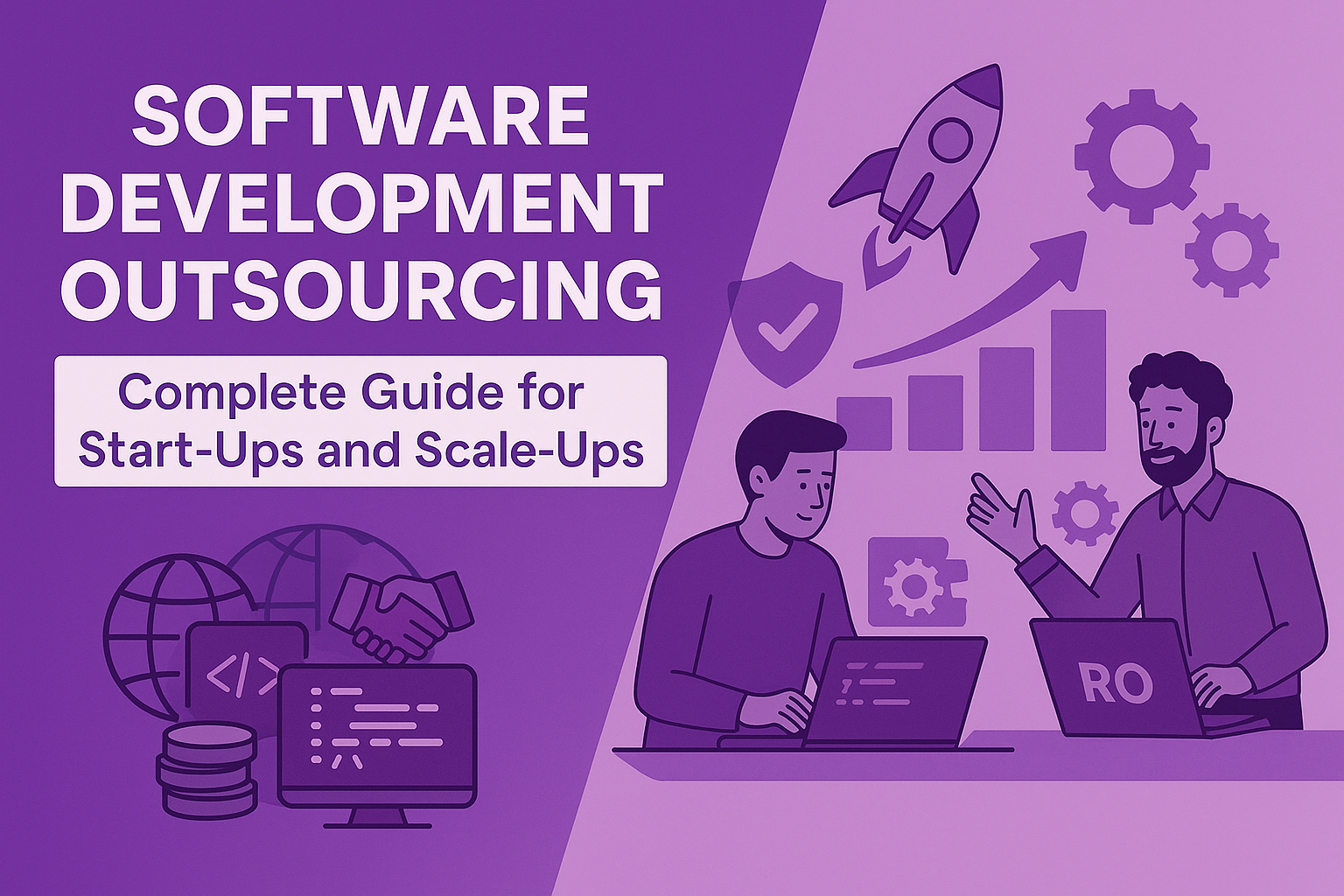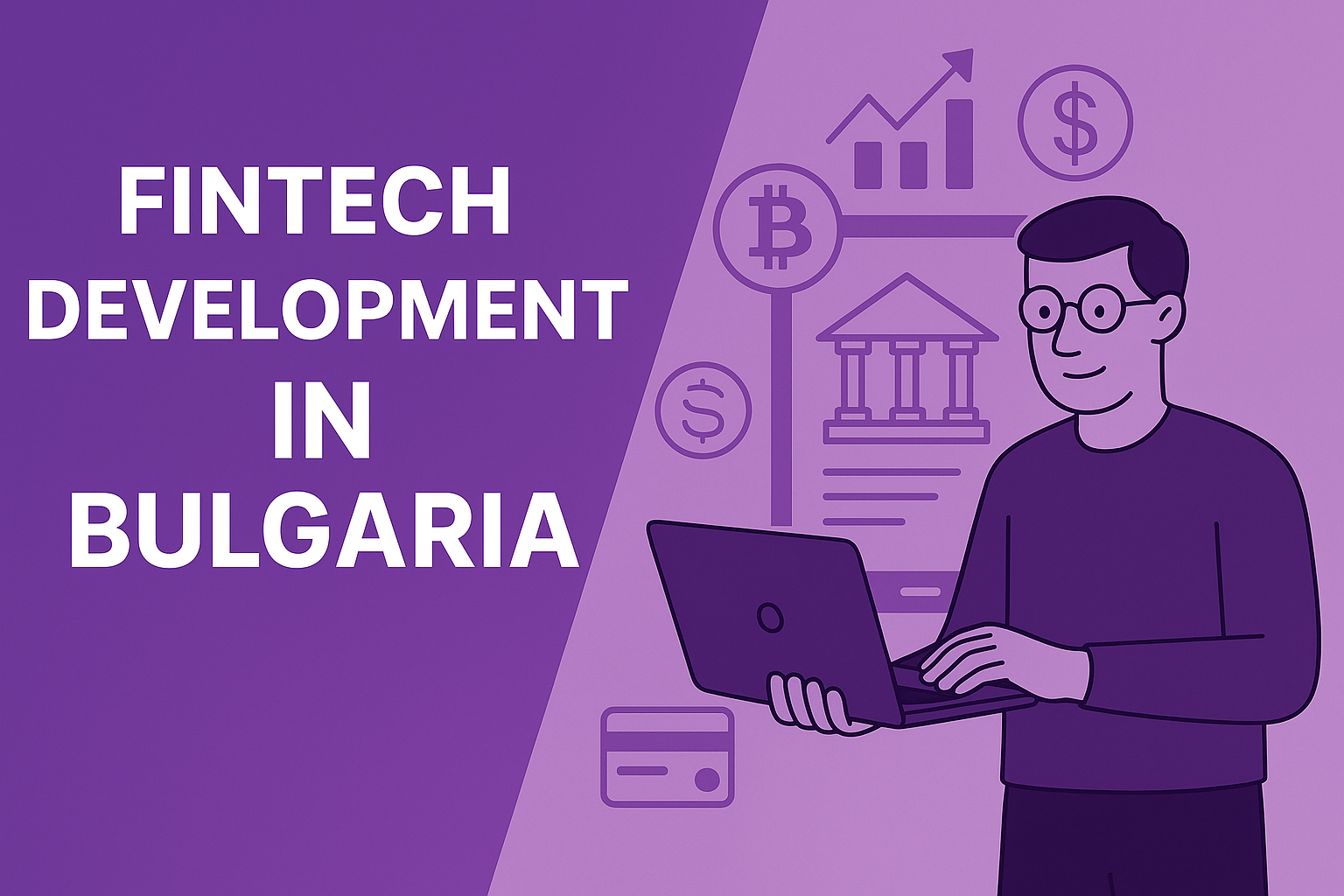Why Modernization Matters
Legacy PHP systems pose several challenges that directly affect the business:
- Security vulnerabilities: Older PHP versions are no longer supported, exposing applications to exploits.
- Talent acquisition issues: Developers increasingly prefer modern PHP 8 features, frameworks, and patterns.
- Scalability limitations: Outdated codebases often can’t handle modern traffic and cloud-native environments.
- Technical debt: Lack of testing, poor architecture, and outdated libraries increase maintenance overhead.
In short: outdated PHP isn’t just a technical burden - it’s a business risk.
The Case Against Full Rewrites
Some CTOs consider abandoning legacy systems altogether in favor of a fresh rebuild. While attractive in theory, this approach often fails because:
- It takes years before the new system reaches feature parity.
- Stakeholders lose patience when modernization doesn’t deliver short-term ROI.
- The existing system still needs to be maintained until the rewrite is complete - doubling costs.
That’s why incremental migration has emerged as the most pragmatic strategy.
Incremental Migration: The Pragmatic Strategy
1. Audit and Prioritize
Start with a technical audit to identify outdated libraries, security vulnerabilities, and performance bottlenecks. Rank components by business impact. Mission-critical services get priority, while low-risk modules can wait.
2. Upgrade PHP Version Gradually
Move the application step by step:
- From PHP 7.2 → 7.4 (if still on older versions)
- Then PHP 7.4 → PHP 8.x (8.2 or 8.3)
Each upgrade provides access to modern features like JIT compilation, enums, attributes, and readonly properties, while maintaining backward compatibility.
3. Introduce Modern Frameworks Slowly
Instead of jumping head-first into Laravel or Symfony, start small:
- Use Composer to manage dependencies.
- Introduce modern testing frameworks (PHPUnit, Pest) to increase confidence.
- Gradually refactor modules into framework-compatible structures.
This allows teams to build new features in Laravel/Symfony, while old features remain stable until migrated.
4. Implement Automated Testing & CI/CD
Automation is key to safe modernization.
- Add unit and integration tests to critical areas first.
- Adopt CI/CD pipelines to catch issues early.
- Use static analysis tools (PHPStan, Psalm, Rector) to modernize code automatically.
This reduces regression risk and builds confidence in refactoring.
5. Refactor by Modules
Break down large monolithic applications into manageable pieces. For example:
- Extract authentication into a modern service.
- Move reporting to a standalone Laravel module.
- Replace legacy database queries with ORM solutions like Eloquent.
This modular approach aligns modernization with microservices and cloud-native adoption.
6. Prioritize Security Throughout
SQL injection, XSS, and insecure file uploads often plague legacy PHP apps. Security must be addressed at every stage of modernization:
- Apply parameterized queries and ORM-based data handling.
- Enforce input validation and output escaping.
- Adopt modern authentication and encryption libraries.
Regularly scan code with SAST/DAST tools.
Real-World Example
A global e-commerce company modernized its PHP 5.6 codebase by:
- First upgrading to PHP 7.4, then PHP 8.2.
- Introducing Laravel for new checkout and order management features.
- Incrementally replacing legacy MySQL queries with Eloquent ORM.
- Adding 75% test coverage to critical modules within 12 months.
The result: 40% faster performance, reduced downtime, and improved developer satisfaction—all without a disruptive rewrite.
Key Takeaways for CTOs
- Avoid the “big rewrite trap.” Incremental migration lowers risk and delivers faster ROI.
- Align modernization with business goals. Prioritize modules that directly impact revenue and security.
- Invest in automation. Testing and CI/CD pipelines reduce modernization risk dramatically.
- Leverage modern PHP features. PHP 8.x capabilities like enums, attributes, and fibers increase scalability and maintainability.
Think modular. Prepare legacy apps for a cloud-native and microservices future.
Conclusion
For CTOs and decision-makers, the question isn’t if to modernize PHP systems—it’s how. Incremental migration provides a pragmatic, low-risk path that ensures security, scalability, and business agility.
By modernizing step by step, organizations preserve existing investments while paving the way for future growth.





